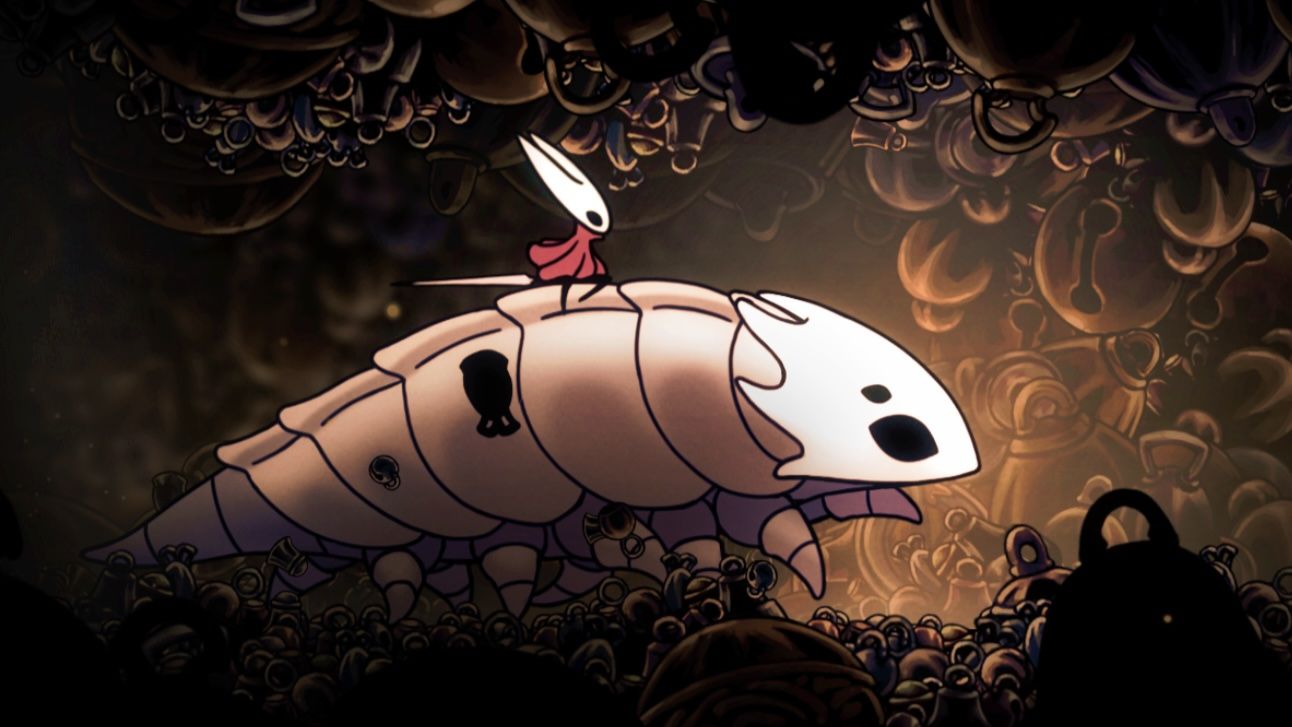- Title: The Mind Mappers: Friendship, Betrayal and the Obsessive Quest to Chart the Brain
- Author: Eric Andrew-Gee
- Genre: Non-Fiction
- Publisher: Random House of Canada
- Pages: 368
Eric Andrew-Gee’s book recounts the story of Wilder Penfield’s work on the brain.Mackenzie Lad/Supplied
“There are more connections between the hundred billion neurons in a human brain than there are particles of matter in the known universe.” This description of the brain’s complexity appears late in Eric Andrew-Gee’s story of neurosurgeons Wilder Penfield and William Cone. Along with a reference to Emily Dickinson, who said the brain is “wider than the Sky,” the words serve to remind at once how little and how much we know about the organ and, thus, ourselves. But much of what we do know is thanks to the pioneering achievements of the famous Penfield and the forgotten Cone – the men who worked together for decades in what they called a “double harness.”
In The Mind Mappers: Friendship, Betrayal and the Obsessive Quest to Chart the Brain, Andrew-Gee, who is the Quebec correspondent for The Globe and Mail, recounts the story of Penfield’s work on the brain, taking us well beyond what readers of a certain age will recall from the “I can smell burnt toast” Heritage Minute, a reference to which opens the book.
Andrew-Gee writes the history of not just Penfield, but also of the people who made his discoveries possible through his surgeries on patients with epilepsy, especially those conducted at Montreal’s famous Neurological Institute, known as the Neuro. At the centre of Penfield’s work was his best friend, Cone, also a groundbreaking and “natural” neurosurgeon, but one who shunned credit and spotlight and was overshadowed by his partner.
Beyond ‘burnt toast’: Eric Andrew-Gee probes the story of Penfield and Cone in The Mind Mappers
Cone’s story is equal parts extraordinary and tragic. As a scientist and surgeon, he was instrumental to the creation of the Neuro, to the mapping of the brain, to Penfield’s success and to the care and well-being of his many patients. He invented surgical tools. He revolutionized methods of making surgical processes sterile. He helped lead a neurosurgery hospital in England during the Second World War. He also died by suicide in 1959 after struggling with mental health issues and, quite likely, his own sexuality (and possibly romantic and unrequited feelings toward Penfield). He died during a time, as Andrew-Gee notes, when approaches to both mental health and homosexuality were barbarous.
This book is remarkable because it tells several stories in parallel, including histories in miniature of brain science, Canada, Quebec, Montreal and McGill University throughout the early-to-mid 20th century. Each of these intersects and enlivens the rest without any seeming superfluous, but Mind Mappers is first and foremost two stories. One is the mapping of the brain during an exciting and often gruesome era of discovery. The other is the relationship between Penfield and Cone, which is heavy with pathos in its biographical details and the author’s own capacity for insight and compassion. For all the book’s intricate and interesting folds, the story of Penfield and Cone is the most compelling of the lot. As Andrew-Gee concludes, “Cone and Penfield mapped the brain but lost each other.”
The theme of their story is asymmetry. Penfield became rich, famous and known to history. Cone did not. Penfield ran the Neuro and was known as “the Chief.” When it came time to retire and find a replacement, he passed over Cone, who was known around the institute as “the Boss,” but who was never seriously considered for the top job despite his tireless, at times compulsive, work ethic. Even the private practice the two ran was unevenly split, with Penfield doing fewer surgeries but making the lion’s share of the money.
Andrew-Gee nonetheless declares in the afterword that Penfield “can stand easy about the body of work he left behind.” It’s an important conclusion drawn from a nuanced reading of history that the author, to his credit, recognizes by way of acknowledging the scope of his own work and focus. “The crux of my story,” he writes, “was the worst chapter of Penfield’s life – his betrayal of Cone and Cone’s subsequent suicide.” Andrew-Gee calls this “the period that saw Penfield at his least admirable, his most exploitative and self-centered.”
The time Andrew-Gee focuses on is of historical importance because it’s a relatively short period of several decades, from the 1920s to the late 1950s, during which neuroscience and neurosurgery were professionalized and grew by leaps and bounds. To put it plainly: One would have been desperate, if not utterly foolish, to risk brain surgery in earlier years. By the time Cone died, one’s odds of a good outcome had shot way up. The shift in chances of surviving a surgery without serious and permanent damage, and of being cured, grew throughout the intervening years, in large part thanks to Penfield and Cone.
And yet Penfield is remembered and Cone is not. Thus Mind Mappers is not just a book, but also the project of rebalancing history and recalling Cone to a contemporary audience. “In trying to elevate Cone from obscurity,” Andrew-Gee writes, “I also came to see how much of Penfield’s reputation rests on the hidden work of others.” Thanks to this book, that work and those stories, especially Cone’s, are no longer so hidden.






![27th Aug: Planet Single: Greek Adventure (2025), 1hr 43m [TV-MA] (6/10)](https://occ-0-1081-999.1.nflxso.net/dnm/api/v6/Qs00mKCpRvrkl3HZAN5KwEL1kpE/AAAABcnXs06PJ-ixWGKle3lv4ZczIK3HgPX6vbgpaCJ6E43kpD5fonjR-fP30MAhNEJtGbB60-daCMdBs6g4zORHwugh8R0A-vHld31pXyJc42L7wdd06jnv23mXzapMA2fKhW-HrxAFOYgIuLA6b0d43mll3_5WZCQrBlSY0QZEhgwPtvsBbld4ITtq5_KkkmSUbN9gngpB8Q.jpg?r=a01)








